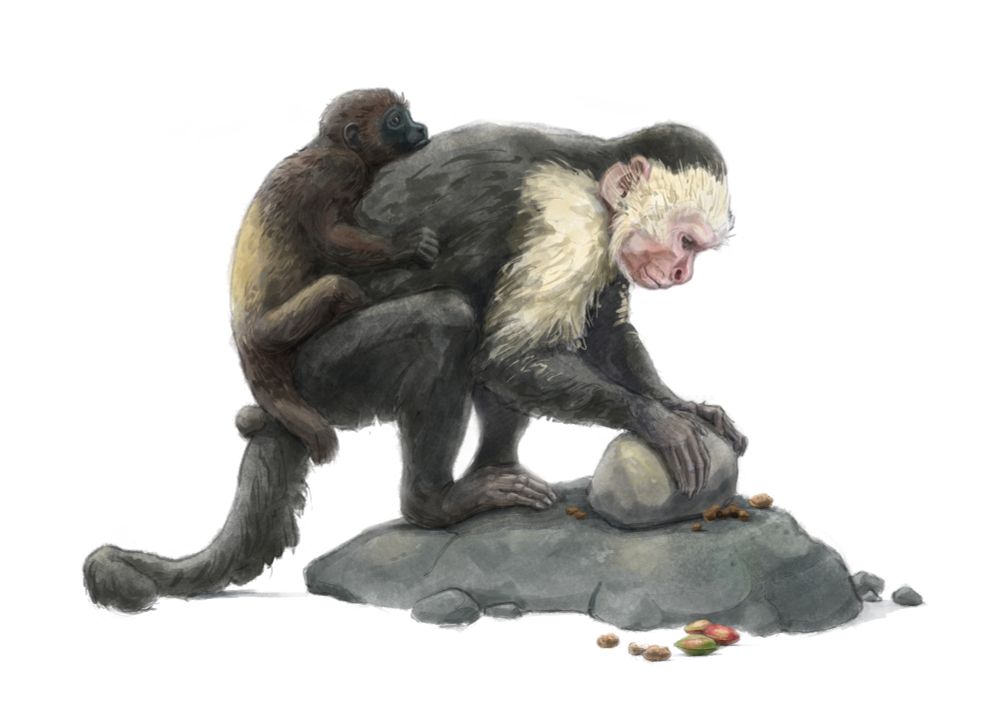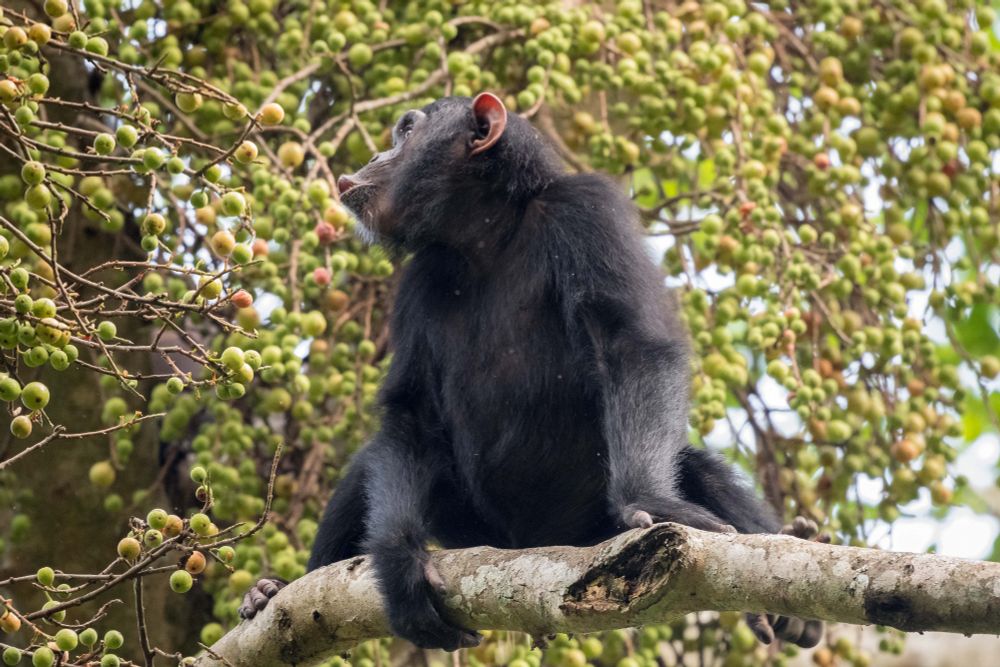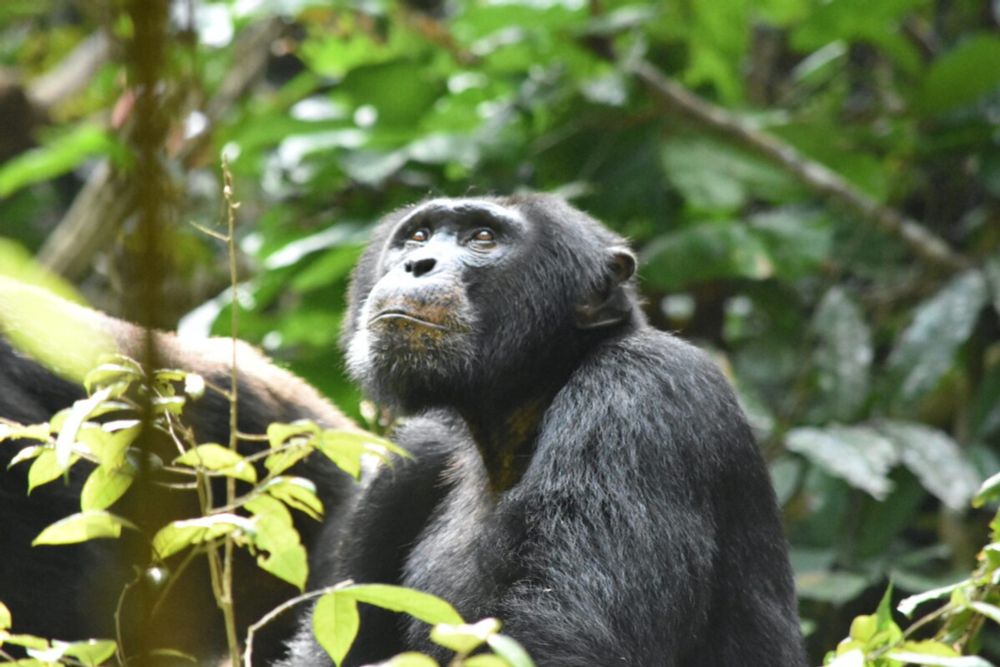
How is knowledge transmitted across generations in a foraging society?
With @danielredhead.bsky.social
we found: In BaYaka foragers, long-term skills pass in smaller, sparser networks, while short-term food info circulates broadly & reciprocally
academic.oup.com/pnasnexus/ar...

How is knowledge transmitted across generations in a foraging society?
With @danielredhead.bsky.social
we found: In BaYaka foragers, long-term skills pass in smaller, sparser networks, while short-term food info circulates broadly & reciprocally
academic.oup.com/pnasnexus/ar...
www.nature.com/articles/s42...

www.nature.com/articles/s42...
Signalling during approaches in two sympatric primates species indicates that strong fission-fusion dynamics increase challenges related to coordination and relationship maintenance, promoting signaling production and reciprocity.
www.animalbehaviorandcognition.org/article.php?...

Signalling during approaches in two sympatric primates species indicates that strong fission-fusion dynamics increase challenges related to coordination and relationship maintenance, promoting signaling production and reciprocity.
www.animalbehaviorandcognition.org/article.php?...


✍️ @elerolland.bsky.social
👋 @cnrs-rhoneauvergne.bsky.social @isc-mj.bsky.social
Lire l'article dans @nathumbehav.nature.com
👉 buff.ly/7OiU0lV

✍️ @elerolland.bsky.social
👋 @cnrs-rhoneauvergne.bsky.social @isc-mj.bsky.social
Lire l'article dans @nathumbehav.nature.com
👉 buff.ly/7OiU0lV

Young wild chimpanzees from the @taichimpproject.bsky.social show attachment types with their mothers similar to human children. Only they do not display patterns related to disorganized attachment. Read our new paper in Nature Human Behavior
www.nature.com/articles/s41...

Young wild chimpanzees from the @taichimpproject.bsky.social show attachment types with their mothers similar to human children. Only they do not display patterns related to disorganized attachment. Read our new paper in Nature Human Behavior
www.nature.com/articles/s41...
www.science.org/doi/10.1126/...

www.science.org/doi/10.1126/...
We compared two wild chimpanzee populations and found that individuals adjust pant hoot acoustics based on context (feeding vs. travelling). Most patterns are shared, but subtle community differences may hint at a small role for vocal usage learning.
doi.org/10.1016/j.an...


We compared two wild chimpanzee populations and found that individuals adjust pant hoot acoustics based on context (feeding vs. travelling). Most patterns are shared, but subtle community differences may hint at a small role for vocal usage learning.
doi.org/10.1016/j.an...
www.nature.com/articles/s42...
We found that like humans, chimpanzees seek social learning opportunities throughout their first decade of life, particularly for tool use.

www.nature.com/articles/s42...
We found that like humans, chimpanzees seek social learning opportunities throughout their first decade of life, particularly for tool use.
It documents the loss of a socially-learned behavior — a mating signal — among a group of chimps following the poaching of all of the male members.
Once lost, behaviors take years to reemerge.

It documents the loss of a socially-learned behavior — a mating signal — among a group of chimps following the poaching of all of the male members.
Once lost, behaviors take years to reemerge.
We also present a novel largely applicable Bayesian approach to evaluate individual vocal repertoire size. This can be applied to any signal type
doi.org/10.1038/s420...

We also present a novel largely applicable Bayesian approach to evaluate individual vocal repertoire size. This can be applied to any signal type
doi.org/10.1038/s420...

